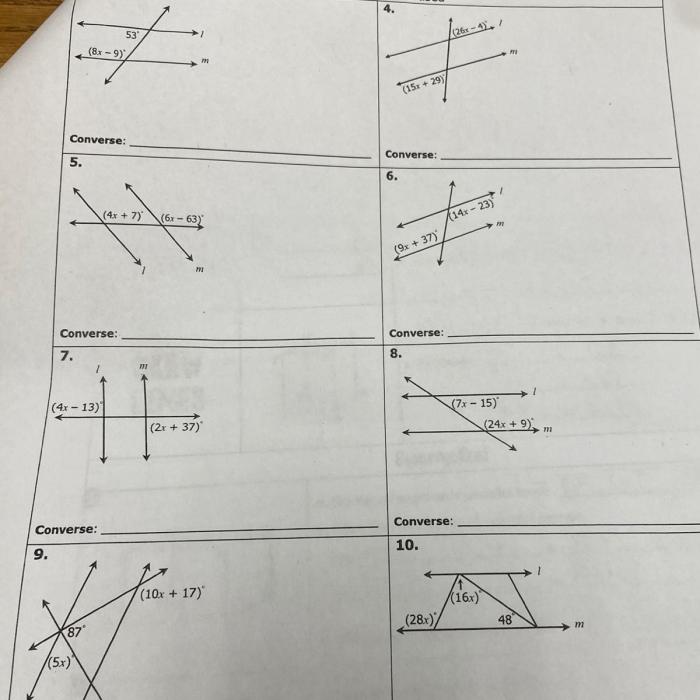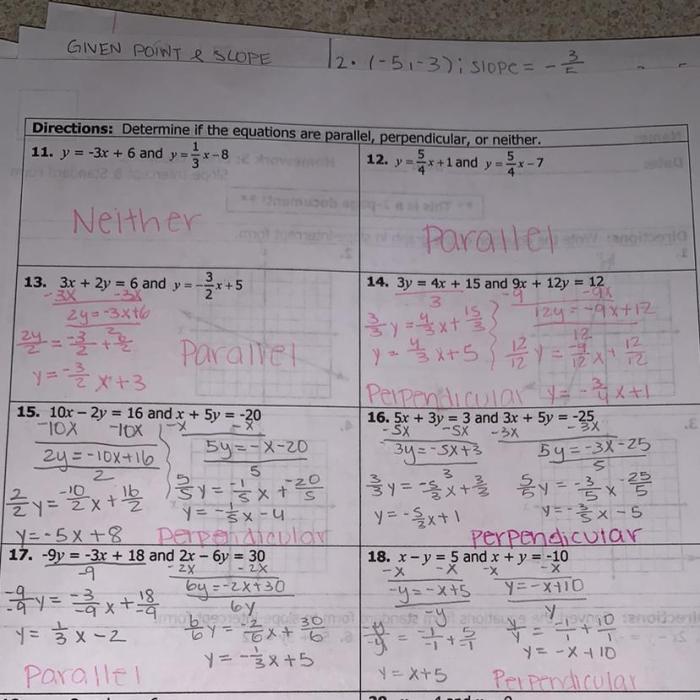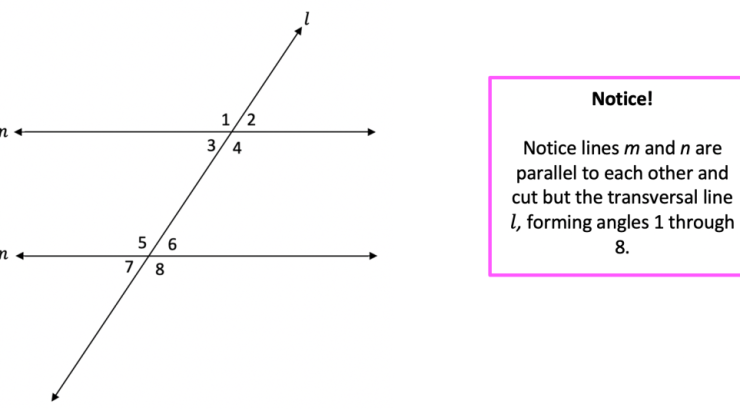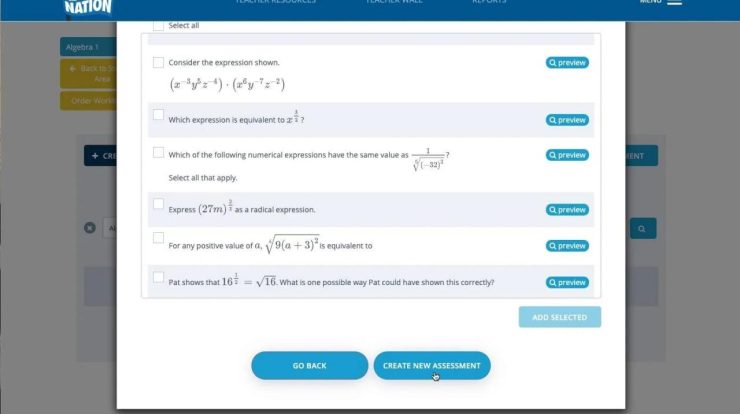Geometry unit 3 parallel and perpendicular lines answer key – Welcome to the comprehensive answer key for Geometry Unit 3: Parallel and Perpendicular Lines. This guide provides a detailed explanation of the concepts, properties, and applications of parallel and perpendicular lines, empowering you to master this fundamental aspect of geometry.
Throughout this unit, we will explore the defining characteristics of parallel and perpendicular lines, their geometric properties, and the techniques for identifying them. We will also delve into real-world applications of these concepts in various fields, such as architecture, engineering, and design.
Parallel and Perpendicular Lines: Geometry Unit 3 Parallel And Perpendicular Lines Answer Key
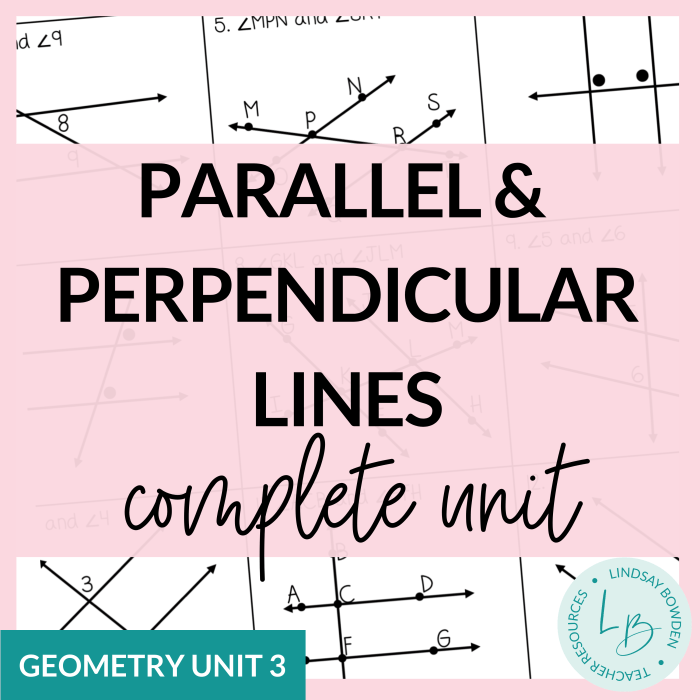
In geometry, parallel and perpendicular lines are fundamental concepts that play a crucial role in various mathematical applications. Understanding their definitions, properties, and identification methods is essential for a solid foundation in geometry.
1. Definition and Examples
- Parallel lines:Lines that lie in the same plane and never intersect, no matter how far they are extended.
- Perpendicular lines:Lines that intersect at a right angle (90 degrees) and form four right angles.
2. Properties
Parallel lines:
- Equidistant at all points
- Never intersect
Perpendicular lines:
- Intersect at a right angle (90 degrees)
- Form four right angles
3. Identification
Parallel lines:
- Same slope (if non-vertical)
- Undefined slope (if vertical)
Perpendicular lines:
- Slopes are negative reciprocals of each other
- Angle measurement of 90 degrees
4. Applications, Geometry unit 3 parallel and perpendicular lines answer key
Parallel lines:
- Architecture: Creating parallel walls, floors, and ceilings
- Engineering: Designing bridges, railways, and other structures with parallel components
Perpendicular lines:
- Construction: Forming right angles in buildings, walls, and foundations
- Design: Creating perpendicular lines for aesthetic purposes and visual balance
5. Advanced Concepts
Skew lines:Lines that lie in different planes and do not intersect.
Transversals:Lines that intersect two or more other lines at distinct points.
FAQ Explained
What is the definition of parallel lines?
Parallel lines are lines that never intersect, no matter how far they are extended.
How can I identify perpendicular lines?
Perpendicular lines intersect at a right angle (90 degrees).
What are some real-world applications of parallel lines?
Parallel lines are used in architecture to create parallel walls, in engineering to design bridges, and in everyday life to align objects.
